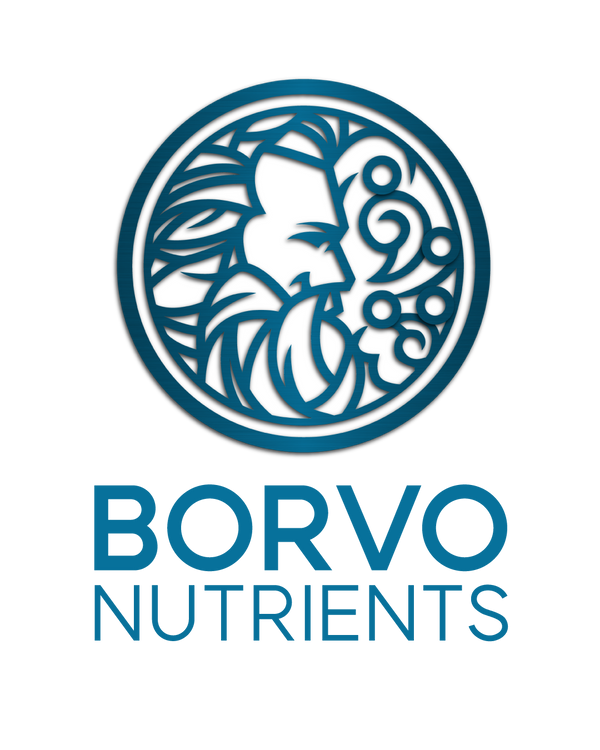Blog
Benefits of magnesium supplementation
Benefits of taking magnesium While magnesium actually has too many benefits to list we will go through some common problems which supplementing magnesium can help with significantly. Stress and headaches Stress...
Benefits of magnesium supplementation
Benefits of taking magnesium While magnesium actually has too many benefits to list we will go through some common problems which supplementing magnesium can help with significantly. Stress and headaches Stress...
Magnesium Deficiency
Signs of magnesium deficiency Because magnesium is required for so many processes in the body there are many varied signs of deficiency. These symptoms are often quite subtle and people...
Magnesium Deficiency
Signs of magnesium deficiency Because magnesium is required for so many processes in the body there are many varied signs of deficiency. These symptoms are often quite subtle and people...
Polysaccharides in seaweeds
What type of polysaccharides are found in seaweed? Seaweeds contain large amounts of polysaccharides, notably cell wall structural polysaccharides that are extruded by the hydrocolloid industry: alginate from brown seaweeds,...
Polysaccharides in seaweeds
What type of polysaccharides are found in seaweed? Seaweeds contain large amounts of polysaccharides, notably cell wall structural polysaccharides that are extruded by the hydrocolloid industry: alginate from brown seaweeds,...
Pigments in Seaweed and their benefits
The Pigments in Seaweed Seaweeds are photosynthetic organisms and they can be split into three different colour categories; red, green and brown. As photosynthetic organisms, seaweed contains a number of...
Pigments in Seaweed and their benefits
The Pigments in Seaweed Seaweeds are photosynthetic organisms and they can be split into three different colour categories; red, green and brown. As photosynthetic organisms, seaweed contains a number of...
Iodine | More important than you think
Iodine is present in the soil and sea waters of the world. The amount in soil is believed to be steadily depleting and it is much more abundant in the...
Iodine | More important than you think
Iodine is present in the soil and sea waters of the world. The amount in soil is believed to be steadily depleting and it is much more abundant in the...
Natural Sources of Iodine
Iodine is a trace element that cannot be synthesised by the body. Due to this it is necessary to obtain the bodies iodine requirements from dietary sources. Unfortunately though Iodine...
Natural Sources of Iodine
Iodine is a trace element that cannot be synthesised by the body. Due to this it is necessary to obtain the bodies iodine requirements from dietary sources. Unfortunately though Iodine...
